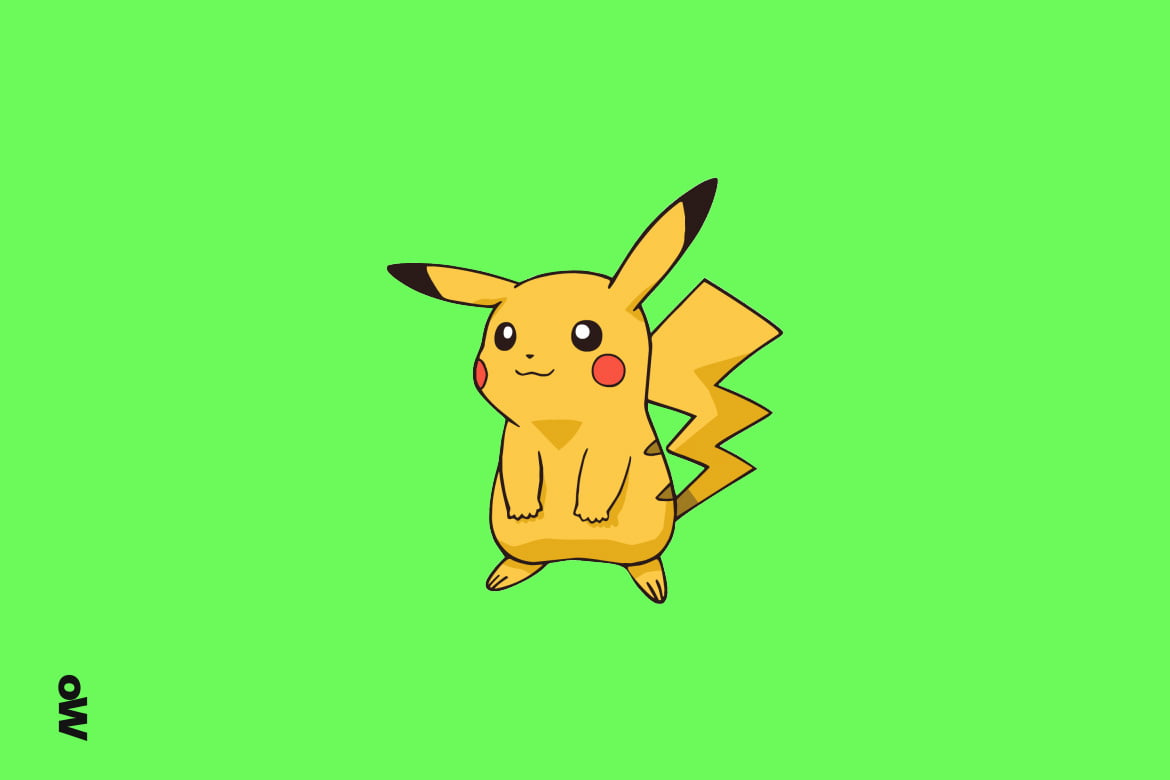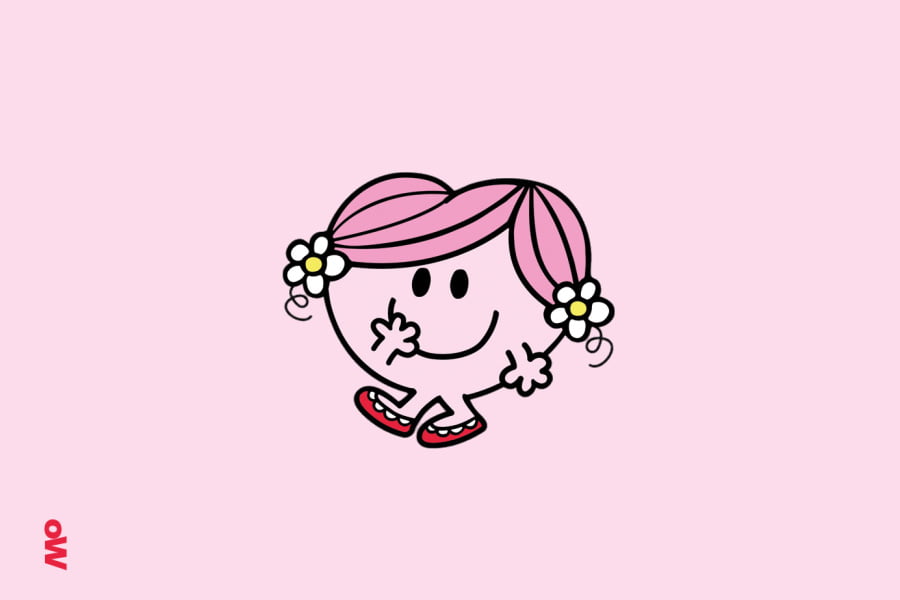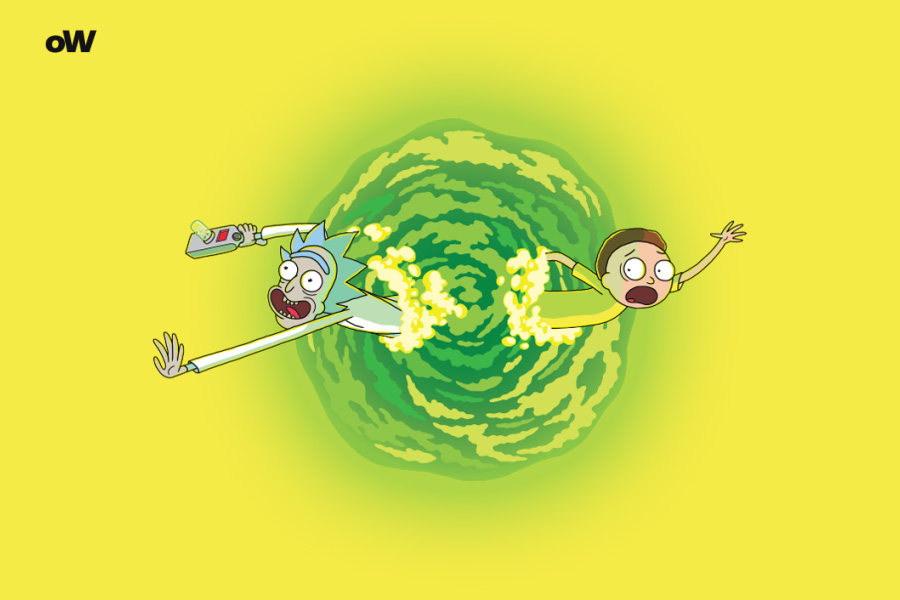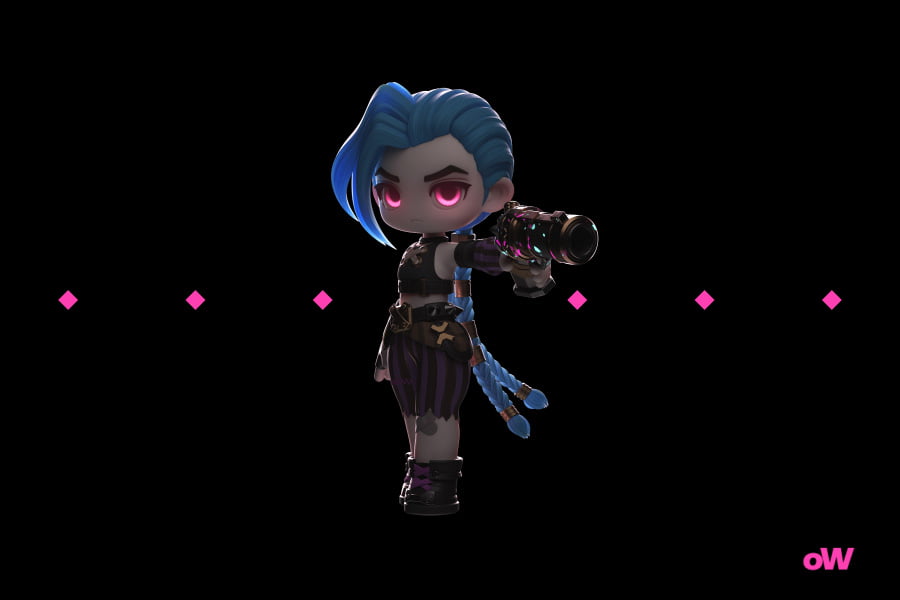Anime Music Quiz: Guess The Anime Opening
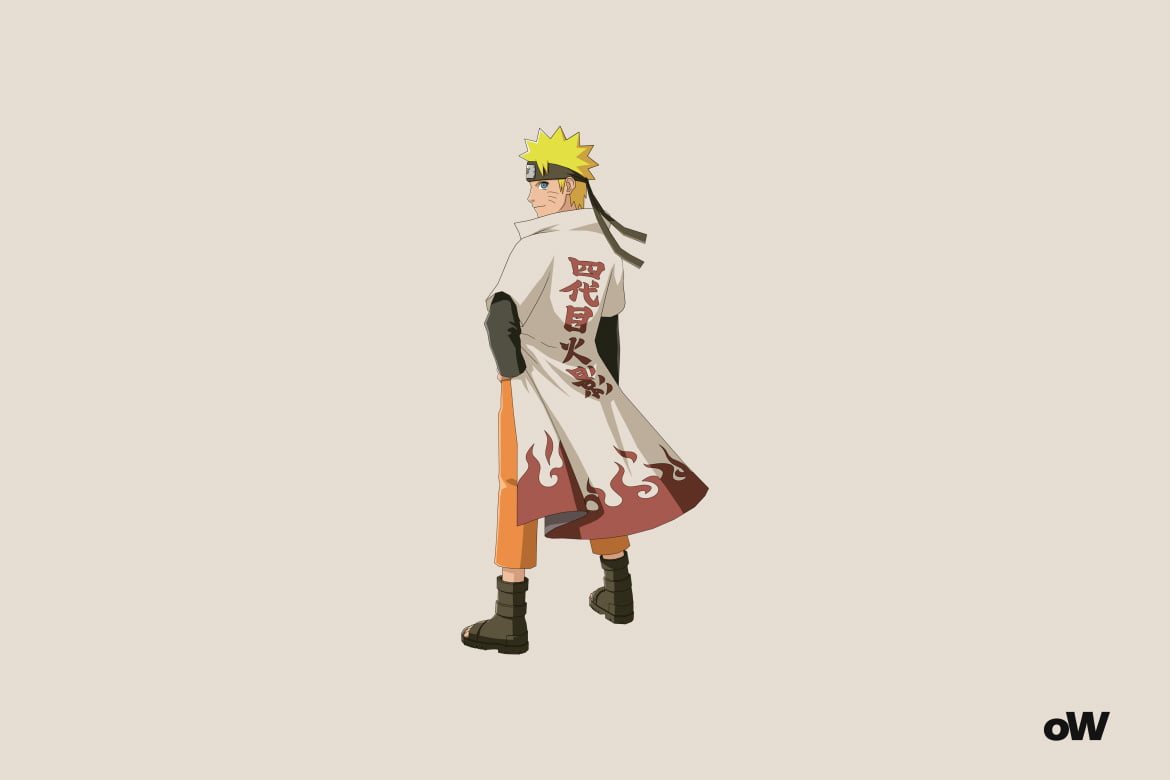
In the world of modern pop culture, anime holds a special place, and its musical accompaniment has long since become a phenomenon in its own right. When the first notes of a familiar opening cut through the silence, any anime fan experiences a special thrill – the melody instantly takes them back to the moment of their first viewing, to those emotions and experiences that their favorite series gifted them. This remarkable ability of anime music to create a strong emotional connection between the viewer and the work has given birth to a special form of entertainment – musical quizzes where participants guess anime openings.
History of Anime Music
The journey of anime music began in the 1960s when Japanese animation was taking its first steps. The pioneer was “Astro Boy” (1963) with its simple yet memorable melody. In those times, composers often borrowed elements from enka – traditional Japanese pop music, creating simple but effective musical themes.
The 1970s brought a revolution in anime sound. The emergence of synthesizers and electric guitars allowed for the creation of more complex compositions. Series like “Space Battleship Yamato” introduced epic orchestral themes mixed with modern instruments to the world. It was then that the unique style of anime music began to take shape.
The 1980s became the golden age. Composers like Joe Hisaishi began creating symphonic masterpieces for Studio Ghibli works. Simultaneously, the pop scene was developing – groups like JAM Project specialized specifically in creating music for anime. During this time, the first karaoke versions of openings appeared, which significantly influenced their structure and made them more accessible for fans to perform.
The 1990s and 2000s brought the globalization of anime music. The advent of the internet allowed fans worldwide to discover Japanese musical culture. Compositions from “Neon Genesis Evangelion,” “Cowboy Bebop,” and “Initial D” became international hits, and their creators became recognized masters of their craft.
What Are Anime Openings?
An opening in anime is a unique phenomenon that goes far beyond simple musical introduction. It’s a full-fledged audiovisual work that serves multiple functions. Unlike Western series, where the opening sequence often serves merely to introduce actors and creators, an anime opening is a separate work of art.
The structure of a typical opening is carefully thought out. The duration is usually 90 seconds – this time is strictly regulated by Japanese television. In these one and a half minutes, composers and animators must create a miniature masterpiece that will both entertain and inform the viewer.
The musical component of an opening usually includes several key elements: a memorable chorus, dynamic development, and a climax coinciding with the most spectacular visual moments. Complex harmonic progressions and unexpected modulations are often used, making anime music interesting even for professional musicians.
The Significance of Openings in Anime
Openings play several critically important roles in anime. First and foremost, they serve as an emotional bridge between reality and the world of the story. Each composition carries a special human emotion that resonates with the viewer, allowing them to tune into the right mood, forget about daily concerns, and immerse themselves in the atmosphere of the series.
From a marketing perspective, openings are a powerful promotional tool. Many Japanese music labels specifically sign contracts with emerging artists to record anime openings. This is a mutually beneficial collaboration: anime gets quality music, and artists get an opportunity to present their work to a wide audience.
Openings also often contain important plot hints and symbolism. An attentive viewer can notice hints at future events or hidden relationships between characters. Some series, like “Attack on Titan,” even change details in the opening as the plot develops, adding new elements or modifying existing ones.
Popularity of Anime Openings
The phenomenon of anime openings’ popularity deserves special attention. The Japanese music industry invests huge sums in their creation, and this is no accident. A successful opening can bring substantial profit through single sales, streaming, and live performances by artists.
Statistics show that many anime openings reach the tops of music charts not only in Japan but also beyond its borders. For example, “Gurenge” from “Demon Slayer” became the first anime opening to gain over 100 million streams on Spotify. Songs from popular series regularly make it into world charts, which was previously rare for Japanese music.
Social networks have also played an important role in popularizing anime music. Platforms like TikTok and Instagram regularly feature viral trends related to anime openings. Fans create covers, dance challenges, and remixes, which contributes to the further spread of this music.
Features of Anime Music
Anime music possesses a number of unique characteristics that distinguish it among other genres. Japanese composers have created a special style that combines elements of various musical traditions and technical innovations.
One of the main features is the complex structure of compositions. A typical anime opening can include several musical themes, unexpected tempo and key changes, and complex rhythmic patterns. All of this must fit into the standard minute-and-a-half format while remaining simple enough for mass audience perception.
Distinctive Traits of Anime Music
The musical language of anime openings has been formed over decades and possesses several characteristic features. First, there’s a special approach to melody. Japanese composers often use pentatonic scales and unusual interval jumps, which gives the music a recognizable “Eastern” sound even within Western genres like rock or electropop.
Arrangements in anime music are distinguished by their particular density. Even in simple pop compositions, one can discover multiple layers of instruments, each serving its own function. This creates a rich sound palette and makes songs interesting for repeated listening – with each new play, you can notice new details.
Sound engineering deserves special attention. Japanese sound engineers are known for their perfectionism in mixing and mastering. They pay particular attention to the balance between vocals and instruments, achieving crystal clear sound even in the most saturated fragments.
Vocal performance also plays an important role. Japanese singers use a special technique that allows them to reach very high notes and create emotionally rich sound. At the same time, the lyrics must remain intelligible, which requires special mastery from performers.
Modern anime openings often use elements of electronic music. Synthesizers and digital effects are organically woven into traditional sound, creating futuristic soundscapes. This is especially noticeable in science fiction anime openings, where music helps create a sense of a technologically advanced world.
Anime song lyrics also have their peculiarities. They are often built on wordplay and metaphors, making them interesting to analyze. At the same time, the main themes are usually universal – love, friendship, overcoming difficulties – which allows the songs to resonate with listeners worldwide.
All these features make anime music an ideal foundation for music quizzes. The characteristic sound, memorable melodies, and vibrant arrangements allow fans to recognize their favorite compositions from the first notes. At the same time, the huge variety of styles and genres makes the guessing process exciting and unpredictable.
Conclusion
Anime music is a unique phenomenon that continues to evolve and influence global musical culture. Musical quizzes about anime openings are a way to dive deeper into this fascinating world, where technical professionalism combines with sincere emotions and creative experiments.
Behind each opening stands the painstaking work of composers, arrangers, musicians, and sound engineers striving to create something special. Their work not only enriches anime as a medium but also creates independent works of art that live their own lives and continue to attract new fans worldwide.
